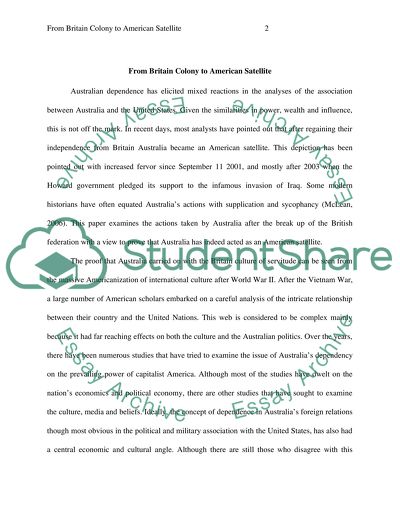Cite this document
(“From Britain Colony to American Satellite Essay”, n.d.)
From Britain Colony to American Satellite Essay. Retrieved from https://studentshare.org/history/1647024-from-britain-colony-to-american-satellite
From Britain Colony to American Satellite Essay. Retrieved from https://studentshare.org/history/1647024-from-britain-colony-to-american-satellite
(From Britain Colony to American Satellite Essay)
From Britain Colony to American Satellite Essay. https://studentshare.org/history/1647024-from-britain-colony-to-american-satellite.
From Britain Colony to American Satellite Essay. https://studentshare.org/history/1647024-from-britain-colony-to-american-satellite.
“From Britain Colony to American Satellite Essay”, n.d. https://studentshare.org/history/1647024-from-britain-colony-to-american-satellite.


